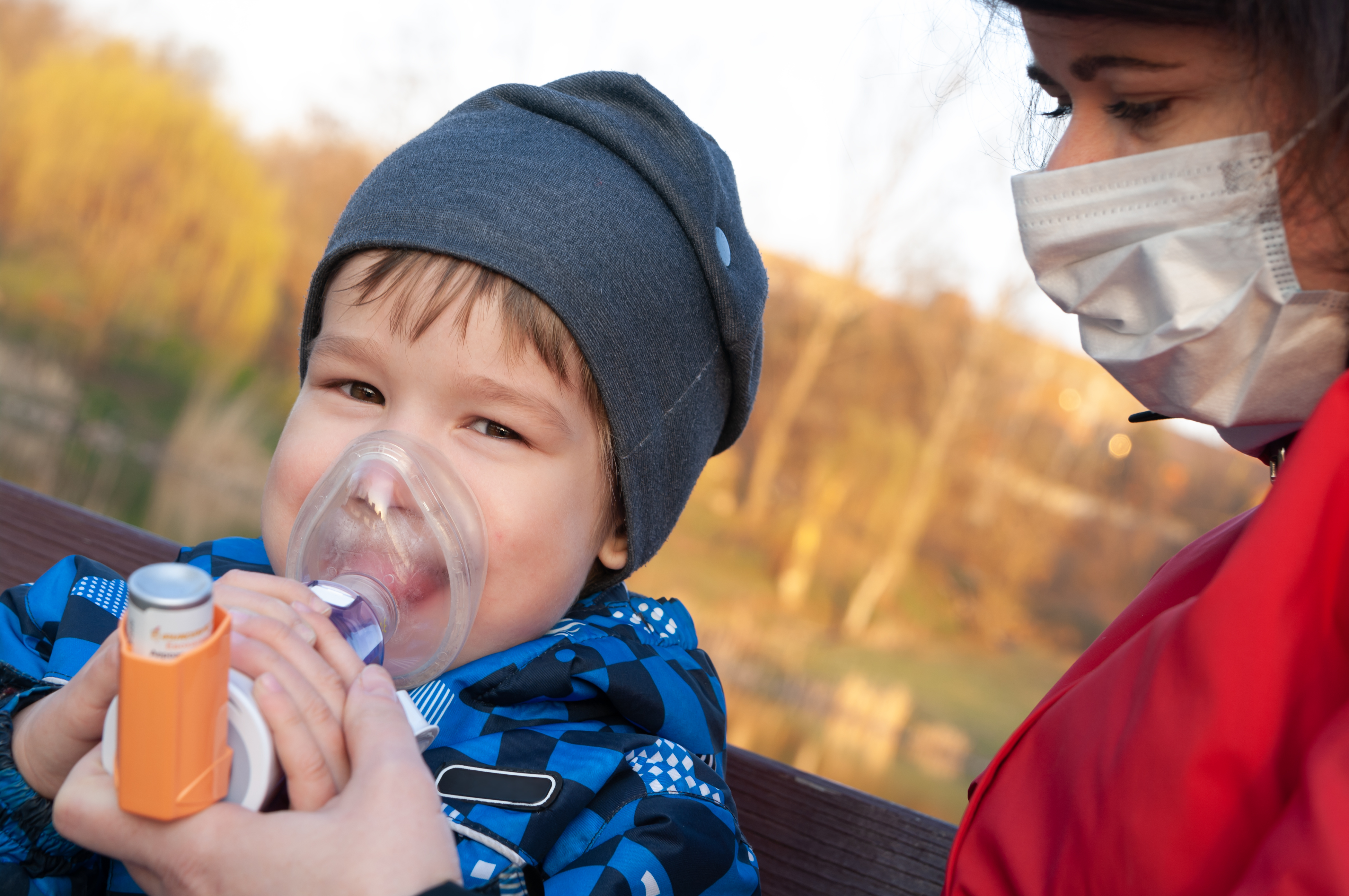 The Five Rights approach to medication administration helps all staff follow safe and correct practices.
The Five Rights approach to medication administration helps all staff follow safe and correct practices.
- Right Child
- Set up procedures to confirm the right child gets the medication. This can include asking the child their name; however, it should also include steps such as checking a nametag and verifying with the child’s primary caretaker.
- Right Medication
- Make sure it’s the right medication by checking the medication label against the information in the medication documents. They should match.
- Right Dose — the amount of medication to be administered
- Store the medication with all the necessary equipment to administer it correctly and make this equipment available to staff.
- Have clear instructions for how to use the equipment.
- Use an accurate and designated medication administration device when administering liquid medications. Kitchen spoons should never be used, as they are not standard sizes.
- Right Time
- Verify the right time to administer a medication regularly (e.g., every day at noon), or verify what is the right time to administer a medication that is given only as needed (e.g., medication for asthma symptoms every four hours).
- Make sure staff have specific instructions from the health care professional who will help them decide how often “as needed” (also referred to as PRN) medication can be given (time), how much of the medication should be given (dose), and what symptoms would trigger the need to administer medication.
- Right Route — how the medication is to be given
- Make sure staff understand there can be different methods (routes) to administer the same medication, and it is imperative they use the route that the health care professional has prescribed. This information is on the medication label. Common routes are oral (by mouth), including liquids, pills, or capsules; topical (applied to a particular place on the body), including creams, eye drops, ointments, ear drops, or patches; inhalants given through the mouth or nose; or emergency medications, including auto-injectors or rectal gel.
- Include more or specific instructions about the route (e.g., a pill may need to be crushed, chewed, or swallowed whole to be the most effective).
Tips and Strategies for Administering Medication
- Find the safest area to administer medications. Find an area with minimal distractions for the staff administering the medication, maximal privacy for the child needing medication — while making sure all other children in the staff's care are safe and supervised.
- Recommendations for medication administration areas may need to be different based on the specific classroom and center, and they should have contingency guidelines if the recommended area is not available.
- Alert other staff if they will need to help with the administering or be responsible for supervising other children.
- If staffing allows, have two people available when administering medications; one who can administer the medication and one to verify the Five Rights, especially for an as-needed or emergency medication, which are not given every day or by the same staff person.
- Pair up newer staff or substitute staff with staff who know the children and the medication administration procedures.
- Encourage families to tell you about their medication administration routines that are familiar to the child and incorporate these practices where possible.
- Consider a child's age and developmental level. Although the administration of a needed medication is not a choice for the child, it is helpful to allow them to participate in the process where possible.
- Ensure everyone washes their hands before and after administering a medication.
Read more:
Resource Type: Article
National Centers: Health, Behavioral Health, and Safety
Audience: Directors and Managers
Last Updated: June 15, 2023